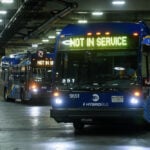The railway revolution is accelerating, with China taking the lead in its futuristic high-speed Maglev train. This marvel of engineering recently shattered records by reaching unprecedented speeds of 281 mph during a test run, placing it as the world’s fastest train. And the aspiration doesn’t stop there – developers aim for a staggering top speed of 621 mph, a velocity surpassing that of commercial flights.
As a technological game-changer, the Maglev train transcends traditional rail boundaries by eliminating friction and noise pollution. It’s powered by superconducting magnets in a low-vacuum pipeline, a marvel of science enabling the train to levitate and slide through the air. With a mission to revolutionize transportation, China is transforming this science-fiction-like concept into reality.
On Track to Connecting Cities and Countryside
China’s Maglev ambitions stem from an expansive strategy laid out in the 14th Five-Year Plan. The China Railway 450 Technology Innovation Project aims to weave the country’s vast urban and rural territories into a comprehensive high-speed rail network. The Maglev line will not only slash journey times but also provide an economical, efficient, and environment-friendly mode of transportation. The project demonstrates a clear understanding of the symbiotic relationship between technological innovation and sustainable development, a model that other nations could learn from.
A Greener Future: Decarbonizing the Transport Sector
The Chinese railway revolution is not just about speed. It’s a central pillar in the nation’s broader sustainability strategy, which aims for peak carbon emissions by 2030 and carbon neutrality by 2060. Transport emissions have surged in China, with passenger car numbers soaring 12-fold between 2005 and 2020. The Maglev train, producing no direct emissions, could significantly reduce this carbon footprint. In addition, the Maglev system respects the natural landscape. Unlike highways and traditional railways that can disrupt wildlife habitats, Maglev lines can be designed to allow safe passage for animals underneath, thereby mitigating ecological impacts.
Similar Post
The Global Race: High-Speed Rail Innovations
China’s Maglev technology undeniably places it at the forefront of high-speed rail innovation. However, other nations aren’t lagging far behind. The Japanese Shinkansen, or “bullet train”, South Korea’s KTX, and Italy’s Frecciarossa are all formidable competitors with impressive speed capabilities. Yet, none of these trains currently match the CR450’s planned top speed, cementing China’s dominant position in high-speed rail technology. Regardless, this global race will undoubtedly yield more impressive advancements in the near future, ushering in an era of ultra-fast, sustainable travel.
Looking Ahead: Challenges and Opportunities
There’s no denying the monumental challenges that lie ahead in realizing the Maglev vision. The costs, both financial and environmental, of constructing such a vast network are substantial. However, the payoffs in terms of reduced travel times, lower carbon emissions, and enhanced national connectivity could be transformative. Indeed, China’s Maglev train could be the harbinger of a new era in global transportation. It is propelling the world into a future where traveling hundreds of miles in mere minutes is the norm, not the exception. It’s a future where technology, sustainability, and efficiency converge – and it’s a future worth striving for.
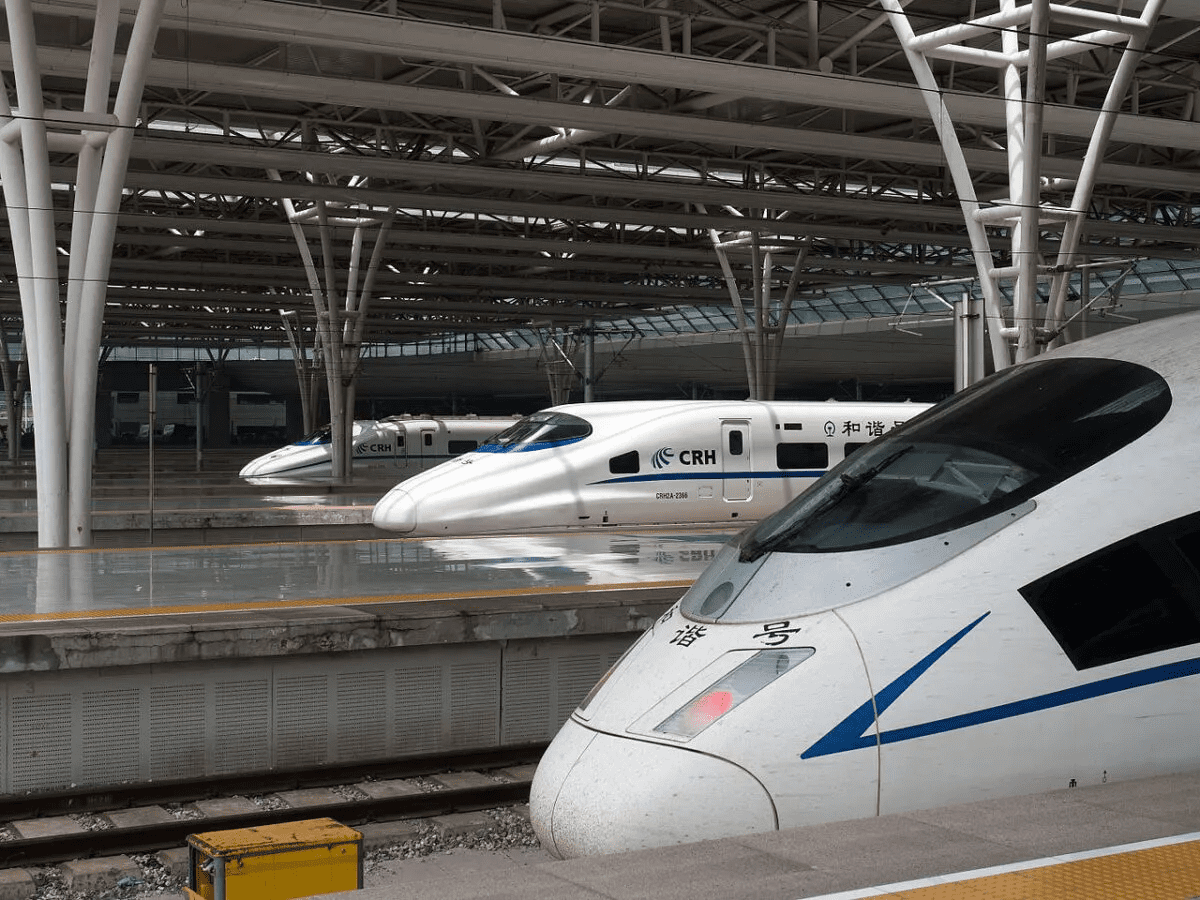

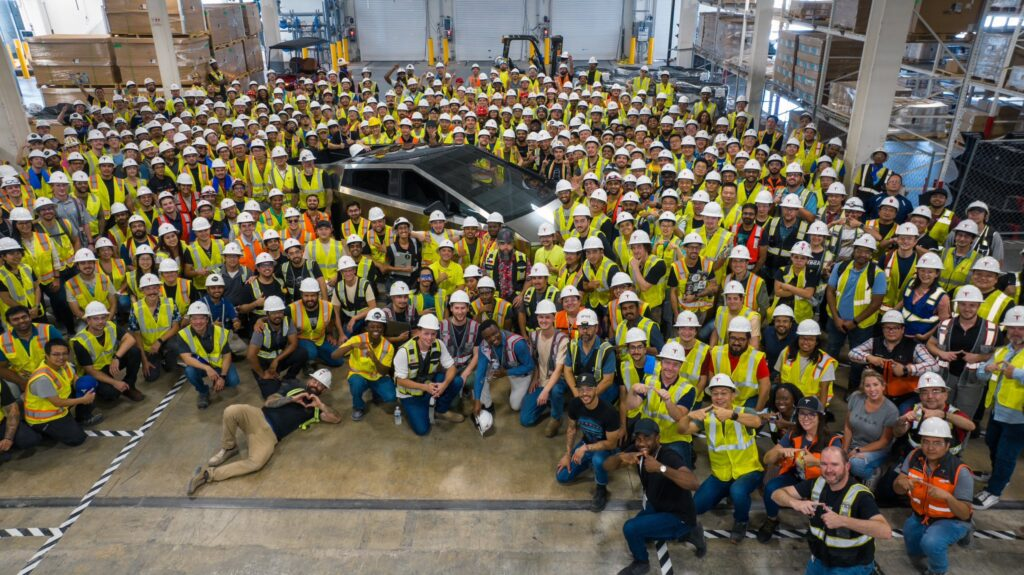

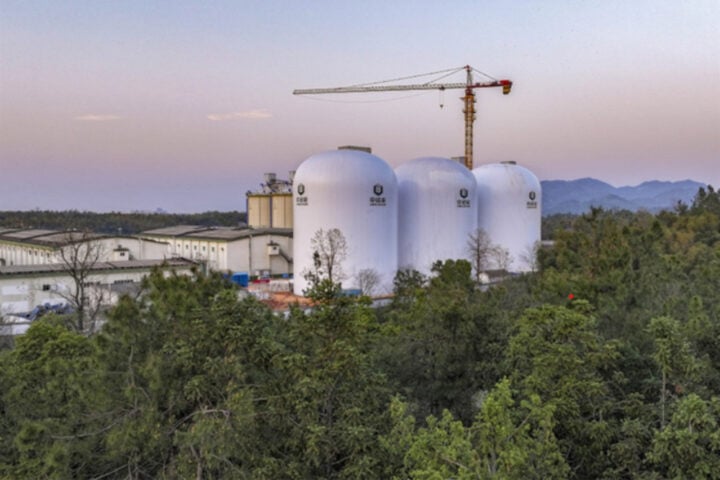
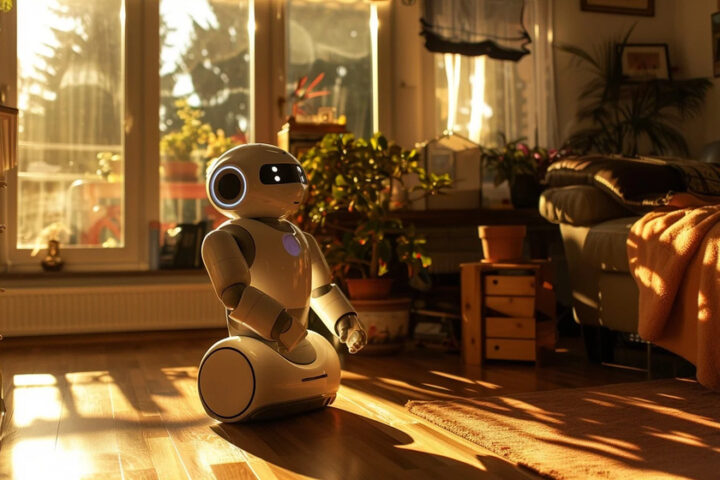


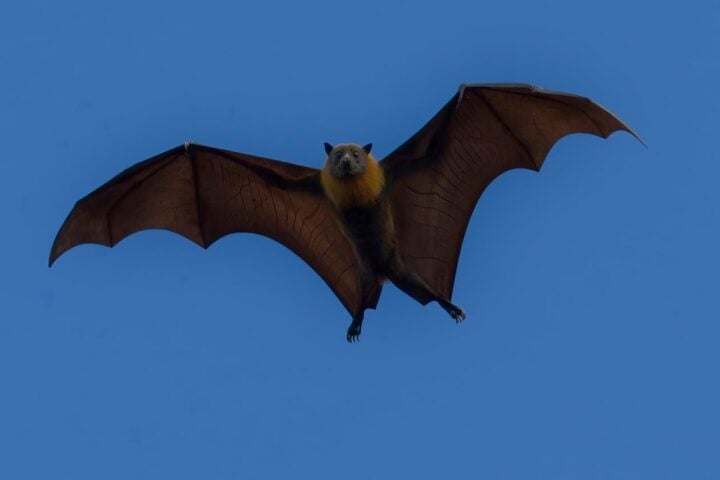



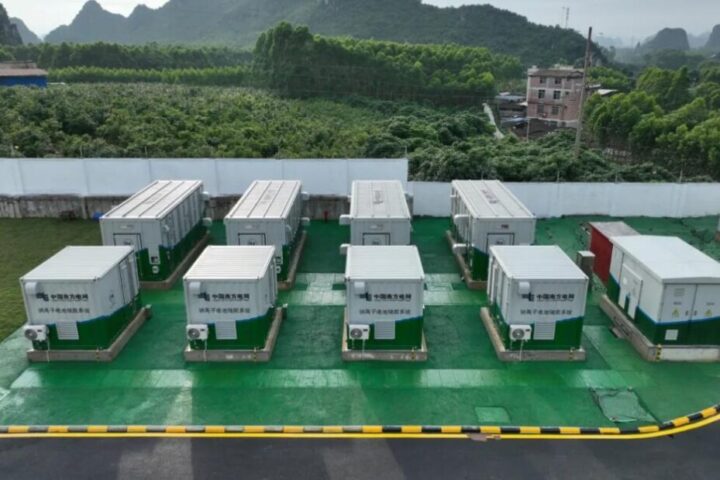
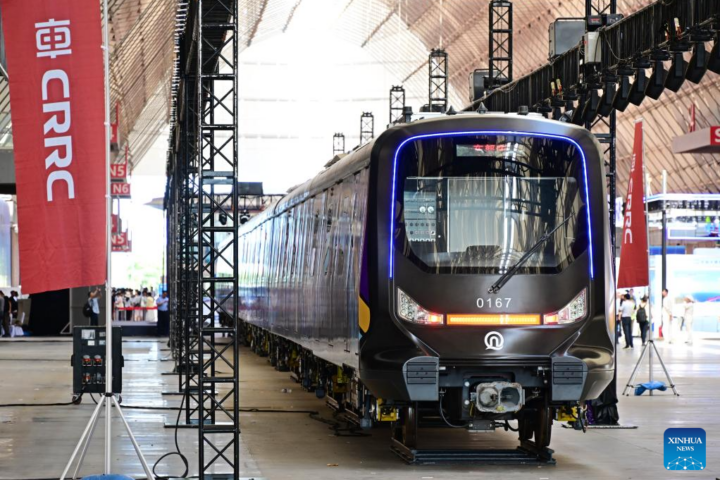
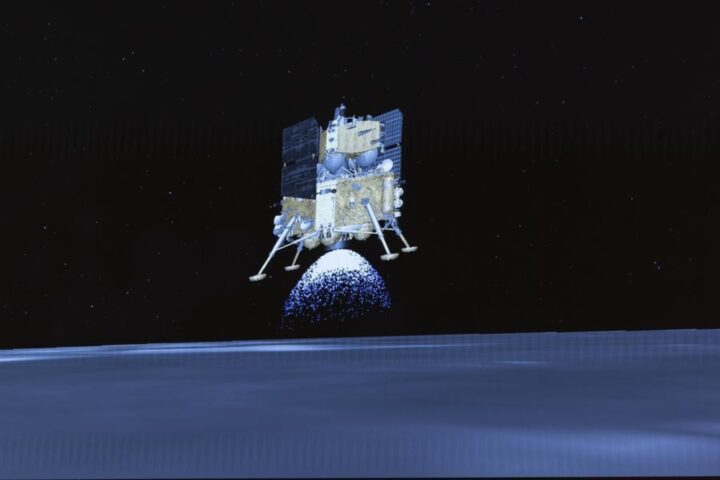

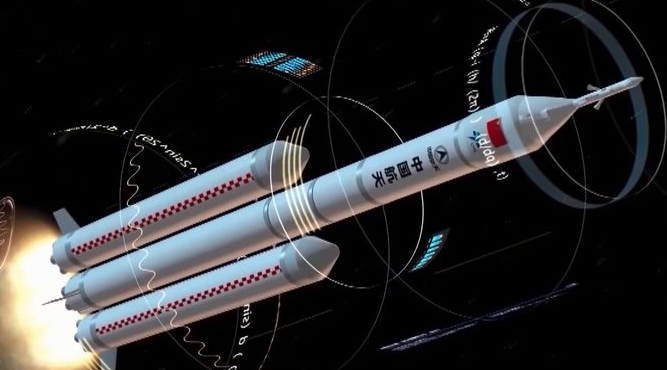
![This image taken from video animation at Beijing Aerospace Control Center (BACC) on June 2, 2024 shows the lander-ascender combination of Chang'e-6 probe landing on the far side of the moon. [Photo/Xinhua]](https://www.karmactive.com/wp-content/uploads/2024/06/spp.jpeg)
